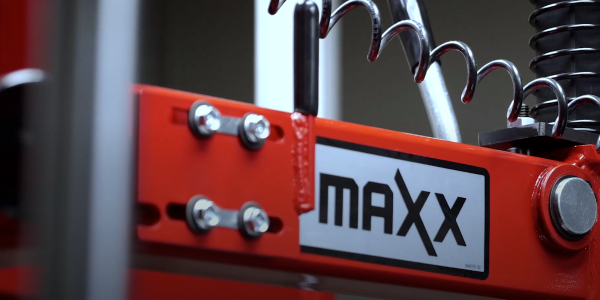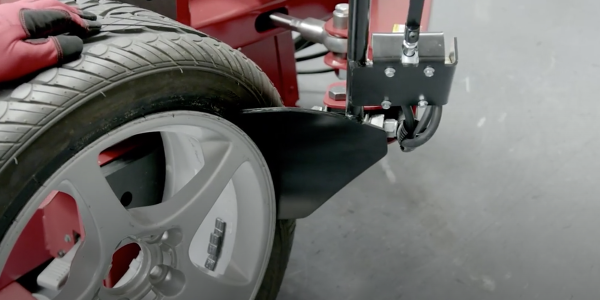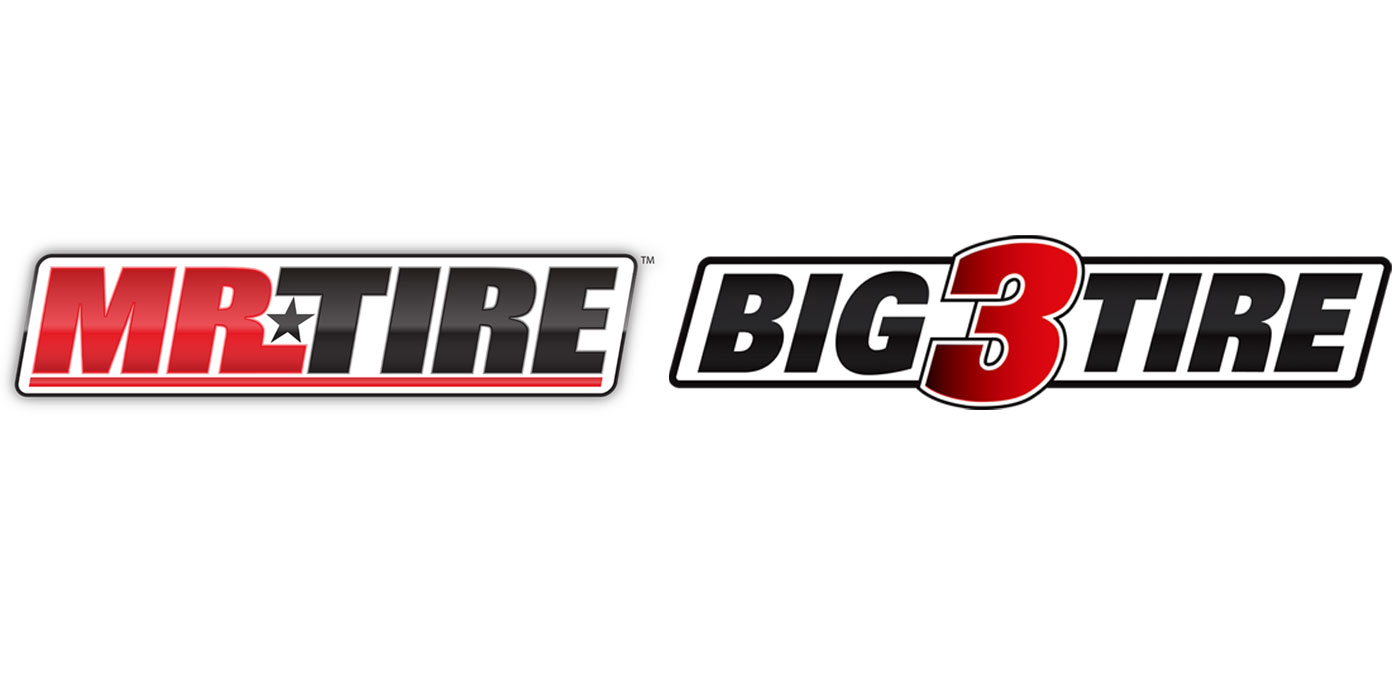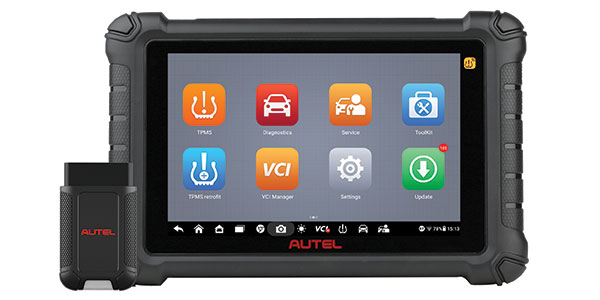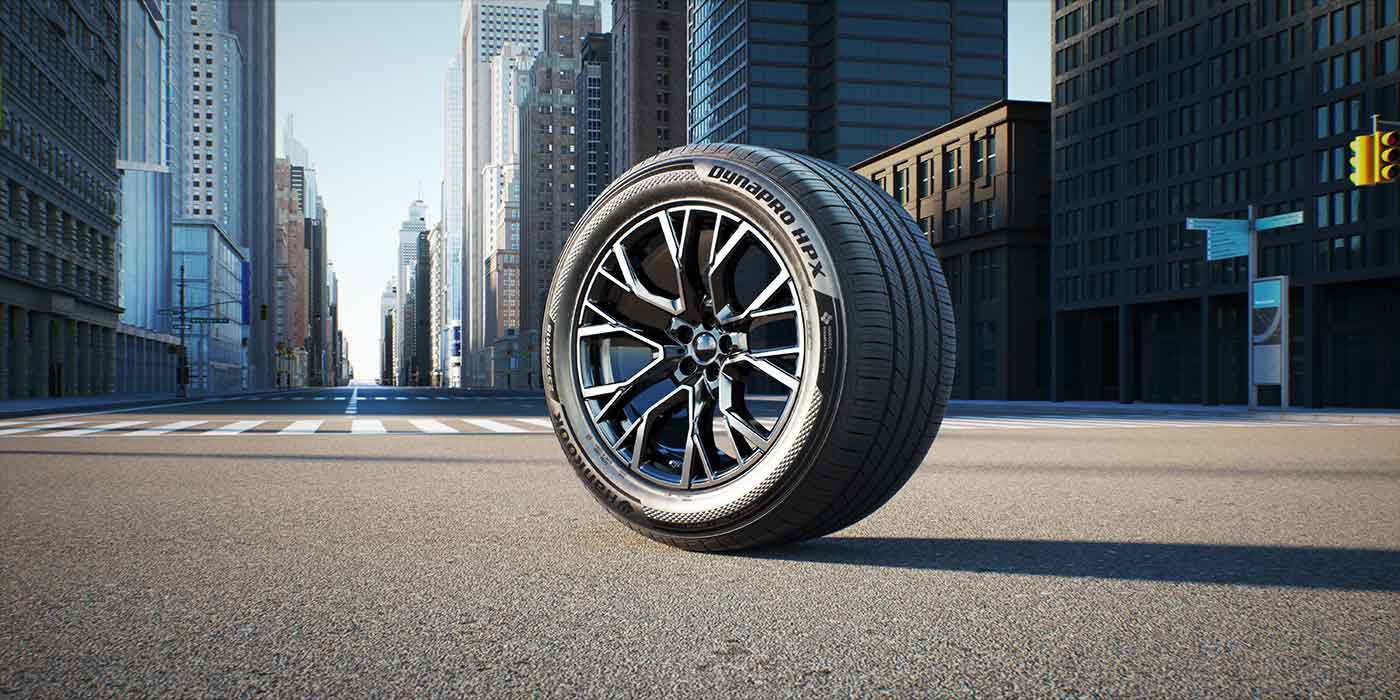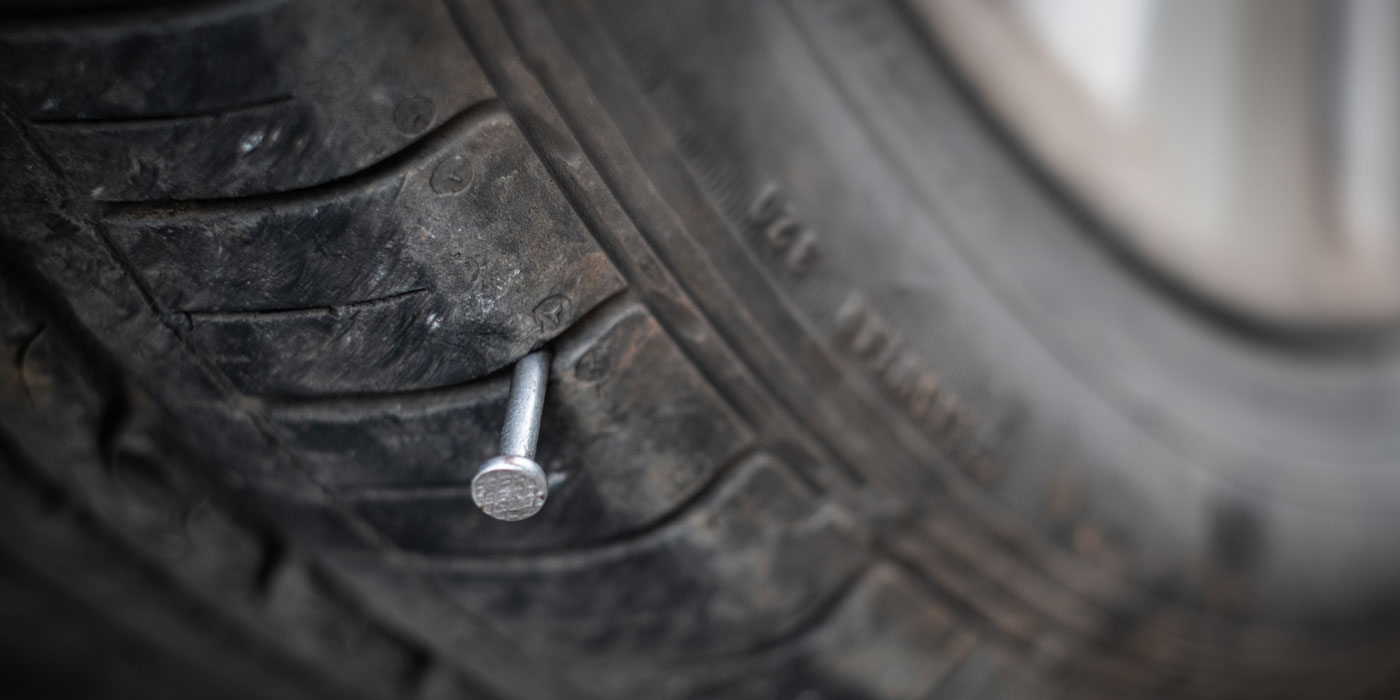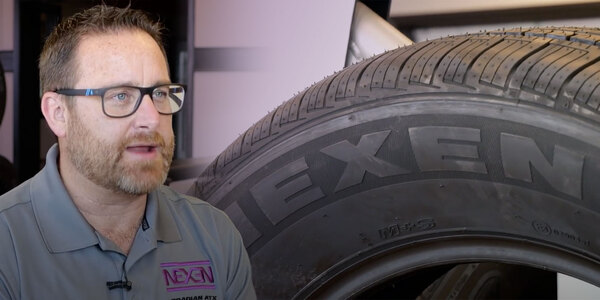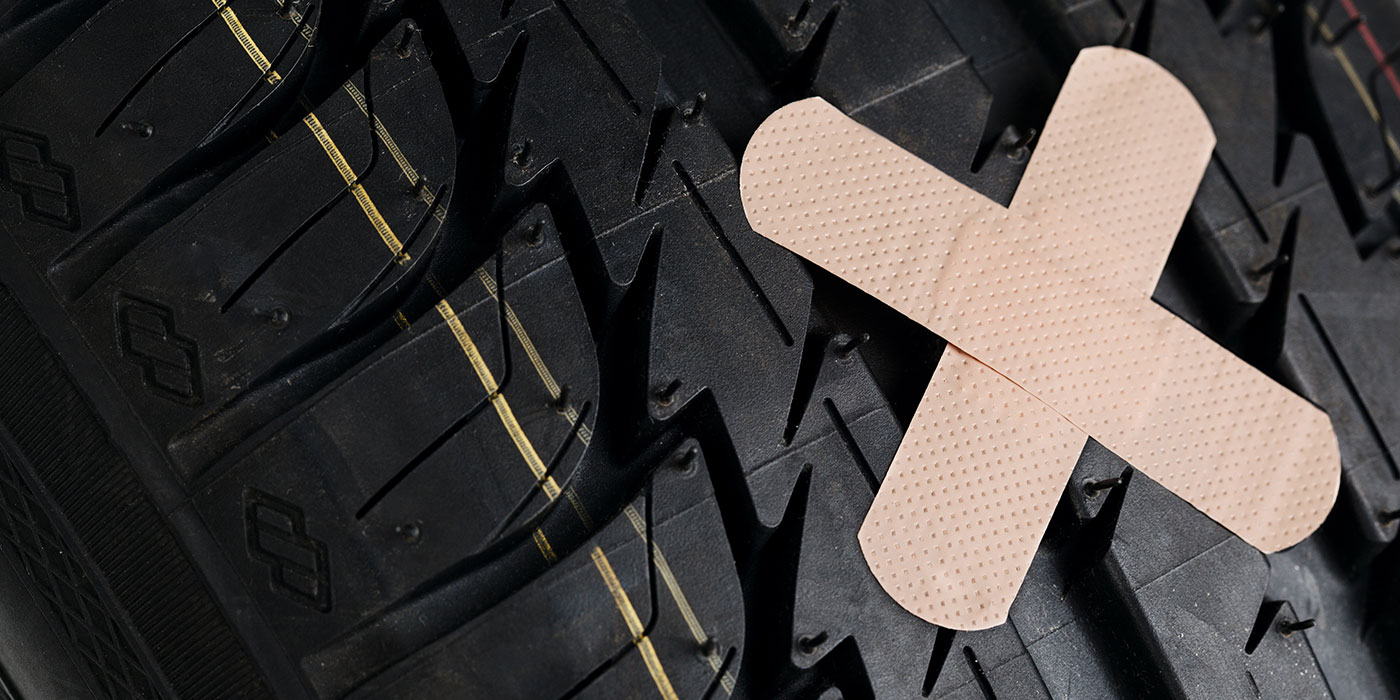Take a second and look around. No, seriously, look around your shop. Do you have updated equipment? Could you use an upgrade or two? When it comes to your shop’s equipment, you want the best of the best to cater to customer needs and separate yourself from the competition.
For example, what should you prioritize when selecting a tire changer? Consider the machine’s ability to handle different wheel assemblies, shop space, the motor and air pressure quality, the experience level of your technicians and finding the right clamping operation.
Wheel Assemblies
The tire changer’s capacity to handle different tire and wheel assemblies is important. While most tire changers can handle standard OEM (original equipment manufacturer) tires, a specialized machine is required if you work with bigger or more specific low-profile or run-flat tires. Find a tire changer that suits the types of wheel assemblies you work with the most. Look for features in a tire changer that can service the wheel assemblies you’re seeing now and those that could come into your shop in the future.
Shop Space
Consider the available space and type of flooring in your shop before investing in a new tire changer. Measure the size of the machine to make sure it can fit in your shop and check that your flooring is level. In addition, consider your shop’s setup and where you would like a tire changer to be. Typically, shops place their tire changer next to their wheel balancer so that technicians don’t have to move the wheel assembly far to finish a job.
Motor
When choosing a tire changer, the power of its motor should be top of mind. A low-powered motor may struggle with stiff or high-performance tires, so it’s necessary to check the power level of the motor to make sure it’s suitable for your workload. Proper voltage is also important, but higher voltage does not necessarily mean more power. To increase horsepower on your next tire changer, know that amps need to increase along with the voltage. It’s important to stay within safety limits of your electrical system’s capabilities.
As for air pressure quality, helper devices and air motors perform well based on good, solid air pressure in the shop. If the air pressure in your garage is uncertain due to the presence of water or a malfunctioning compressor, you may not achieve optimal performance from your newly purchased tire changer.
Technician Experience & Training
While some tire changers may be straightforward and user friendly, others may be more advanced and include more features. Before any of your techs even touch or consider using a new tire changer, establish who the expert technicians are and make sure they are the only ones who use it until everyone is trained.
Tire changers have either a rim clamp or a center clamp to hold the wheel. Rim clamps are usually quicker to use but can damage wheels if not used with soft clamp inserts. However, center clamps are more versatile and safer but have a reputation for being slower. Increasingly common in recent years, shops may have one or both types to accommodate different wheel types and minimize risks.
Finding the Right Fit with Coats
Now that you understand the tire changer capabilities your shop needs, consider the new Coats Maxx Tire Changer line as your shop’s new tire changing solution.
Coats product managers and engineers went to shops across the country to ask technicians for opinions and pain points surrounding tire changers currently in the market. According to the manufacturer, the line – which includes three models – aims to provide technicians with sought after convenience features based on that feedback.
Each model, the Maxx 70, 80 and 90, comes equipped with a robust design and was tested up to 250,000 times to ensure the equipment could handle daily operations for years to come. The rigorous testing lasted four years with industry partners ranging from independent tire dealers to large corporate partners.
Key features of the Maxx series include flexible power options for multiple shop setups, a dual nozzle inflation system, dual control bead loosener and a more robust chassis that can accommodate bigger, heavier wheel assemblies.
If you are a shop that has used Coats tire changing equipment in the past, you may recognize the X-Series, which features the 60X, 70X, 80X, and 90X models. The Maxx series features a similar footprint as the X-Series, so shops looking to upgrade can do so within the same footprint, providing a whole lot more for their investment.
Upgrading your shop’s tire-changing equipment is crucial for providing top-notch service and staying ahead of the competition. When selecting a tire changer, consider factors that not only improve service but make things easy. Coats Maxx Series tire changers are a reliable and efficient solution pre-fit with sought-after convenience features based on feedback from industry professionals.
This content is sponsored by Coats. For more information, go to coatsgarage.com.

